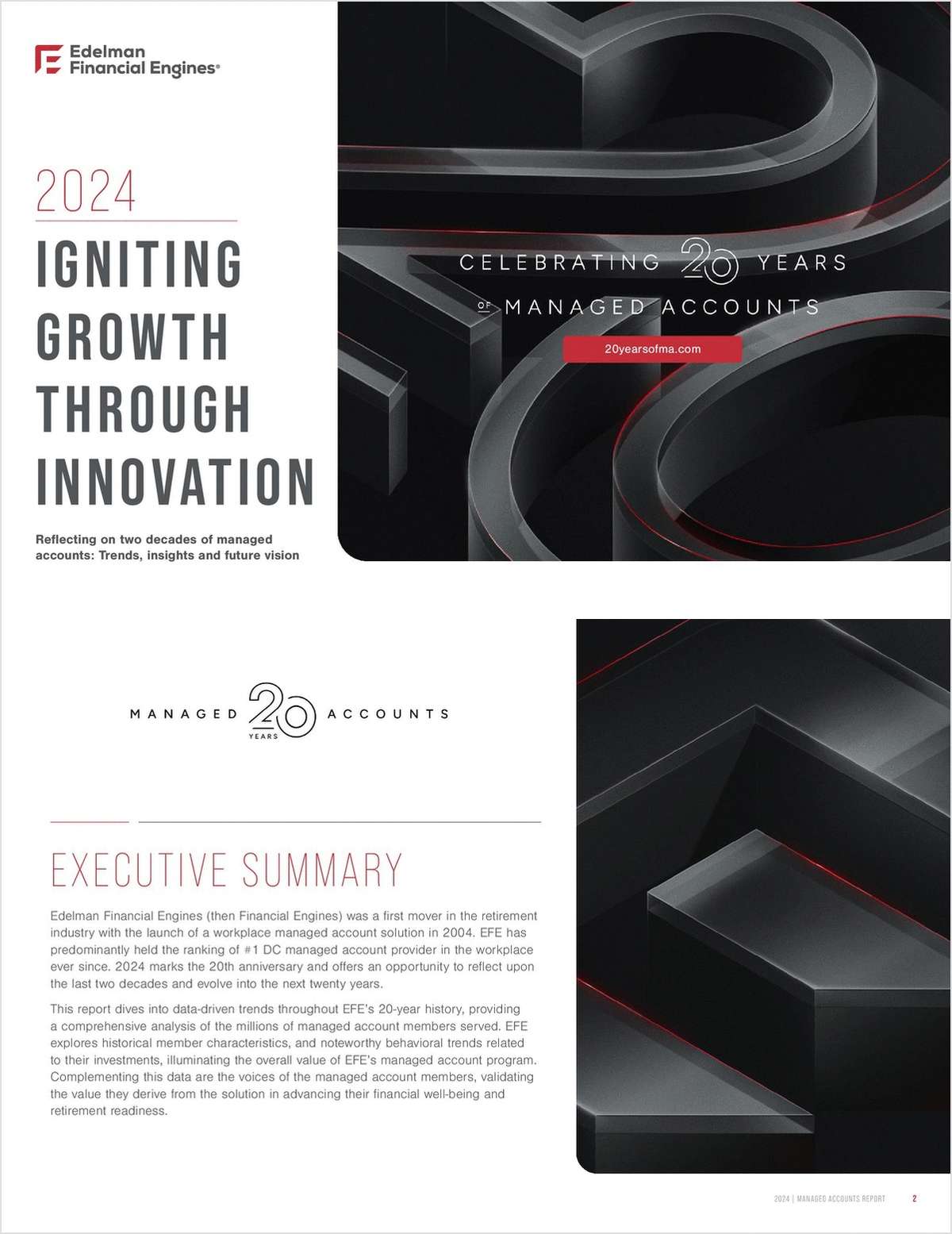
In the last year, many companies are issuing a return-to-office policy. Some employees are excited and some dread the whole situation. However, in-person work can be just as desirable and effective as remote work with the right approach.
So says Patrick Manzo, CEO of WorkTango, an employee experience platform that warrants employee recognition and insights through surveys and feedback.
Continue Reading for Free
Register and gain access to:
- Breaking benefits news and analysis, on-site and via our newsletters and custom alerts
- Educational webcasts, white papers, and ebooks from industry thought leaders
- Critical converage of the property casualty insurance and financial advisory markets on our other ALM sites, PropertyCasualty360 and ThinkAdvisor
Already have an account? Sign In Now
© 2024 ALM Global, LLC, All Rights Reserved. Request academic re-use from www.copyright.com. All other uses, submit a request to [email protected]. For more information visit Asset & Logo Licensing.








